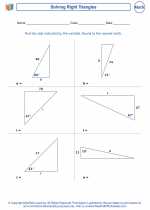The Pythagorean Theorem -> significant figures
Significant Figures
Significant figures, also known as significant digits, are the digits in a number that carry meaning contributing to its precision. They are important in science and engineering because they tell us how precise a measurement or calculation is. When working with significant figures, it is essential to understand the rules for determining the number of significant figures in a given number and how to perform calculations involving significant figures.
Rules for Determining Significant Figures
- Non-zero digits: All non-zero digits are significant. For example, in the number 345, all three digits are significant.
- Leading zeros: Leading zeros (zeros to the left of the first non-zero digit) are not significant. For example, in the number 0.00456, the significant figures are 4, 5, and 6.
- Captive zeros: Captive zeros (zeros between non-zero digits) are always significant. For example, in the number 10.07, all four digits are significant.
- Trailing zeros: Trailing zeros (zeros to the right of the last non-zero digit) are significant only if the number contains a decimal point. For example, in the number 5200, the significant figures are 2 and 3. In the number 5200., all four digits are significant.
- Exact numbers: Exact numbers have an infinite number of significant figures. For example, in the equation 2H2 + O2 → 2H2O, the coefficients 2 and 1 are exact numbers with an infinite number of significant figures.
Performing Calculations with Significant Figures
When performing calculations involving numbers with different numbers of significant figures, the result should be rounded to match the least number of significant figures in any of the numbers being used.
Addition and Subtraction:
When adding or subtracting numbers, the result should be rounded to the same decimal place as the number with the fewest decimal places.
Multiplication and Division:
When multiplying or dividing numbers, the result should be rounded to the same number of significant figures as the number with the fewest significant figures.
Study Guide
To master significant figures, follow these steps:
- Understand the rules for determining significant figures.
- Practice identifying the number of significant figures in different numbers.
- Learn the rules for performing calculations with significant figures.
- Practice rounding results to the correct number of significant figures.
- Work on sample problems and check your answers to reinforce your understanding.
Remember, working with significant figures is important for maintaining precision in scientific measurements and calculations, so practicing and mastering these concepts is crucial for success in science and engineering.
[Significant Figures] Related Worksheets and Study Guides:
.◂Math Worksheets and Study Guides Seventh Grade. The Pythagorean Theorem
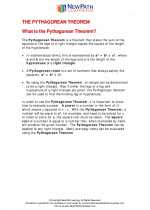
 Study Guide
Study Guide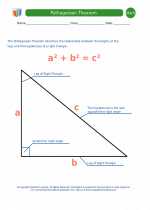
 Worksheet/Answer key
Worksheet/Answer key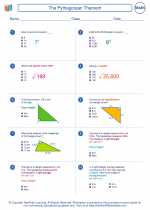
 Worksheet/Answer key
Worksheet/Answer key
 Worksheet/Answer key
Worksheet/Answer key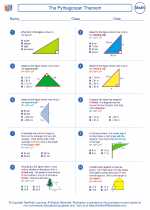
 Worksheet/Answer key
Worksheet/Answer key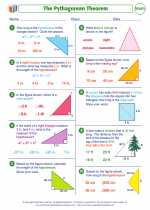
 Worksheet/Answer key
Worksheet/Answer key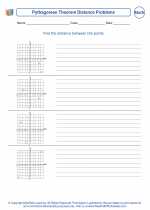
 Worksheet/Answer key
Worksheet/Answer key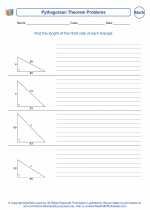
 Worksheet/Answer key
Worksheet/Answer key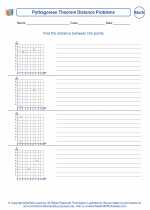
 Worksheet/Answer key
Worksheet/Answer key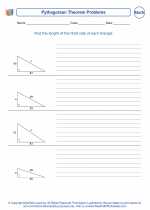
 Worksheet/Answer key
Worksheet/Answer key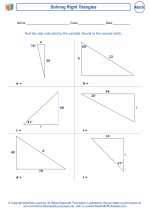
 Worksheet/Answer key
Worksheet/Answer key